Today there are a number of popular houseplants that are frequently grown indoors. One such plant is the pothos, also known as devil’s ivy. This evergreen vine is a fast grower. N’Joy Pothos plants are tolerant of a wide range of conditions and can be easily cared for with just a little bit of attention. In this post, we will provide care tips for N’Joy Pothos plants, show you how to propagate them, and share some ideas for using this versatile plant in your home.
What is Pothos N’Joy?
Pothos N’Joy is a unique variety of pothos that has been bred for its attractive leaves. The leaves are variegated with yellow, green, and white stripes, making them a popular choice for indoor plants.
Pothos N’Joy is a low-maintenance plant. It can be grown in either direct sunlight or indirect sunlight, making it versatile for any indoor space.
The plant grows best in bright, indirect light but can also tolerate low light levels. It’s perfect for homes with limited sunlight or those who want an easy-to-care-for plant.
Naturally, it grows in the tropical rainforest but can adjust to most home environments. In addition, it’s one of the few plants that can be easily propagated by rooting stem cuttings.
How do you care for Pothos N’ Joy?
There are a few things to keep in mind when caring for Pothos N’ Joy. If you want your Pothos to grow tall and lanky, you will need to know how to take care of a Pothos vine.
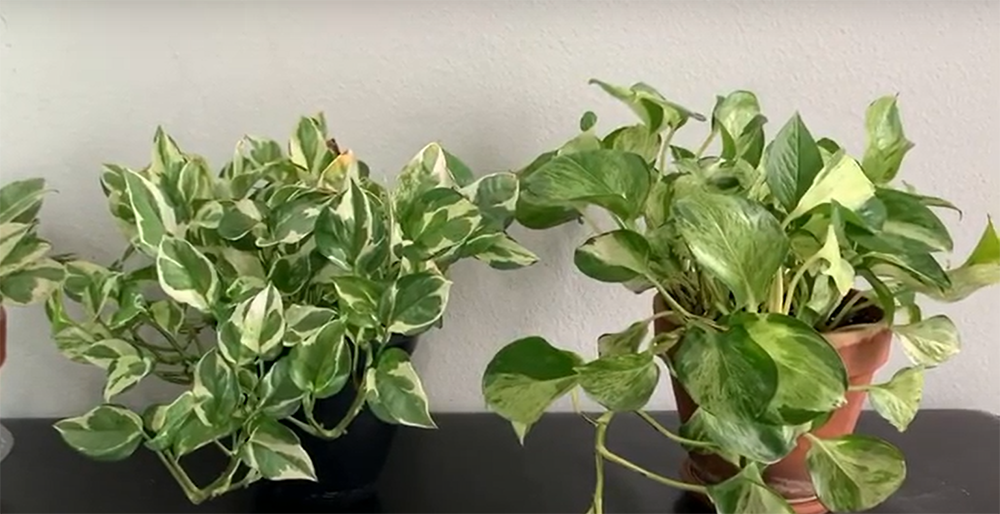
How much light does N’Joy Pothos need?
Every plant needs light to grow, but the amount of light each plant needs varies. It is important to find out how much light your plant needs so it can get the right amount.
If you are not sure how much light your plant needs, you can test it by moving it to different spots in your home and seeing how the leaf color changes. The more light a plant gets, the darker its leaves will be.
N’Joy Pothos should not be placed in direct sunlight, as it can cause the leaves to burn. Place your plant near a window where it will get indirect light instead. East- or west-facing windows are ideal because they provide morning or afternoon sun, which is softer than direct sun. South-facing windows can be too bright and cause the leaves to burn.
Moreover, make sure your plant isn’t too close to the window. The closer a planet is to a window, the more likely it is to get scorched.
However, if your home does not have any windows, you can place a grow light near the plant. Place your plant about two feet away from fluorescent light or four feet away from incandescent light. Make sure to follow the manufacturer’s instructions for how long to leave the light on each day.
Watering
Light is an important part of plant growth, but so is water. Watering your plants is one of the most important aspects of plant care. You should water your plants when the top inch or so of soil feels dry to the touch. Be sure not to overwater, as this can be just as harmful as underwatering.
N’Joy Pothos thrive in moist environments, but too much water can damage the plant. Make sure to keep your N’Joy Pothos well-watered, but not too wet. You can tell if the potting soil is dry by sticking your finger in it. If the top inch or so of soil is dry, then it is time to water your plant.
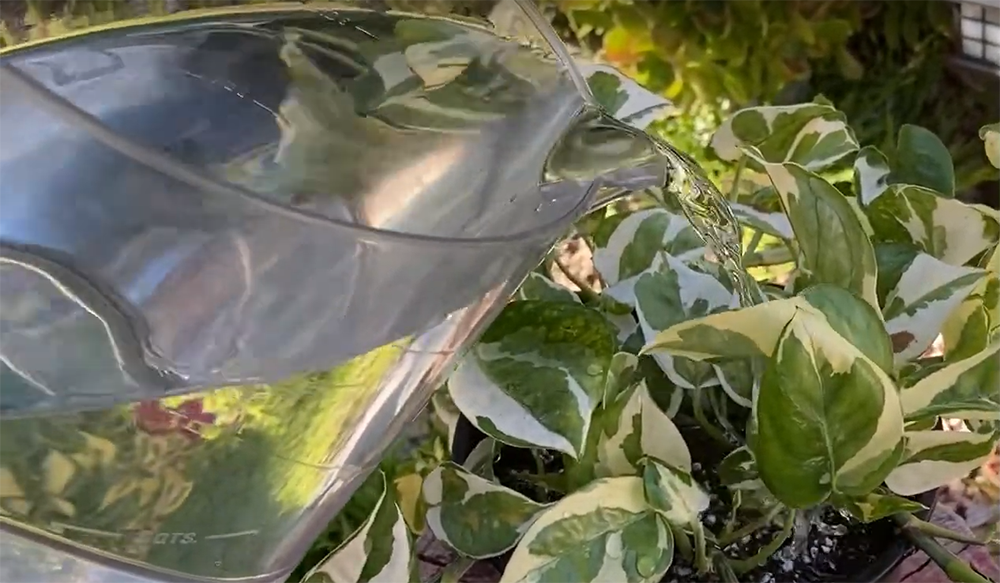
If you are going on vacation or will be away from home for an extended period of time, it is important to have someone water your plants. You can either ask a friend or family member to water your plants, or you can set up a plant watering schedule with a service like Plant Nanny.
Plant Nanny is an app that sends you notifications when it is time to water your plants. You can also use Plant Nanny to set up plant watering schedules, so you don’t have to worry about your plants while you are away.
N’Joy Pothos do not require a lot of water, but they do need humidity to thrive. The ideal humidity level for N’Joy Pothos is between 50-60%. You can increase the humidity around your plant by placing it in a bathroom or kitchen, or by using a humidifier.
If you are having trouble keeping the humidity around your plant high enough, you can also mist your plant with water. Be sure to avoid getting the leaves wet, as this can cause them to rot.
Misting your plant with water is a good way to increase the humidity, but you should only do it when the leaves are dry.
Potting Mix
The next step is to choose a potting mix. A potting mix that drains well is best for pothos plants. Nowadays, there are many potting mixes specifically for indoor plants that are available at garden centers and home improvement stores.
It is important to choose the right potting mix for your plants because the wrong mix can lead to root rot. Moreover, over-watering is the number one killer of houseplants.
Choose a potting mix that drains well and avoid mixing with too much fertilizer. A good potting mix will have some organic matter, such as peat moss or compost, to help the plant retain moisture without becoming waterlogged.
If you are not sure which potting mix to choose, ask an employee at the garden center for help. They will be able to recommend a potting mix that is best for your pothos plants.
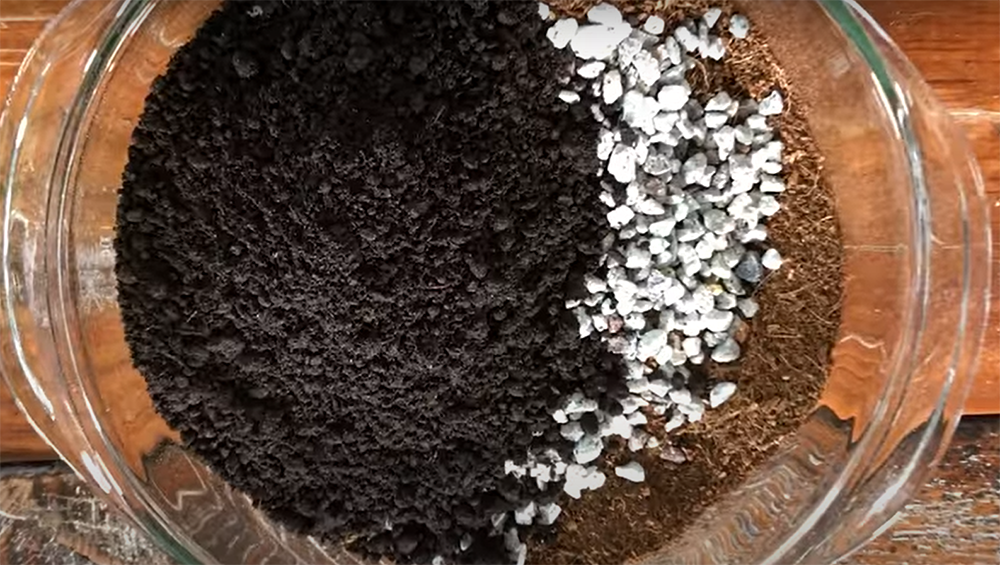
One option is to make your own potting mix. To do this, combine one part of peat moss or coir fiber, one part perlite, and one part compost. If you want to make a more lightweight potting mix, substitute one part vermiculite for one part perlite.
Repotting
If your N’Joy pothos is growing rapidly, it will eventually need to be repotted into a larger container. When re-potting, use a pot that is only slightly larger than the current pot and add fresh soil to the top. Be sure not to pack the new soil in too tightly, as this could lead to root rot.
It is important to choose the right pot size for your pothos plant. When the pot is too large, the potting mix will stay wet and the roots will rot. When the pot is too small, the plant will not have enough space to grow.
When potting a pothos plant, be sure to use a pot with drainage holes so that water can escape and the roots will not rot. If your pot does not have drainage holes, you can create them by using a sharp knife or drill.
When repotting, be sure to gently remove the plant from its old pot. If the root ball is tightly packed, use a spoon or your fingers to loosen it up before placing it in the new pot. Make sure that the top of the root ball is level with or slightly above the new potting mix.
Be sure to keep your N’Joy pothos in a bright spot where they will receive plenty of indirect sunlight. They do well in both warm and cool environments, making them a great choice for indoor plants.
Repotting is only necessary every few years, but it is a good idea to keep an eye on the size of the pot and repot as needed.
Fertilizing
Another important part of caring for your pothos is fertilizing them. You can use a water-soluble fertilizer or liquid houseplant food according to the manufacturer’s instructions. Fertilize every other week in the spring and summer, and once a month in the fall and winter.
To help your pothos grow quickly and healthy, be sure to fertilize them every month or so with a balanced fertilizer. I like to use liquid seaweed fertilizer because it is gentle on plants and provides them with plenty of nutrients.
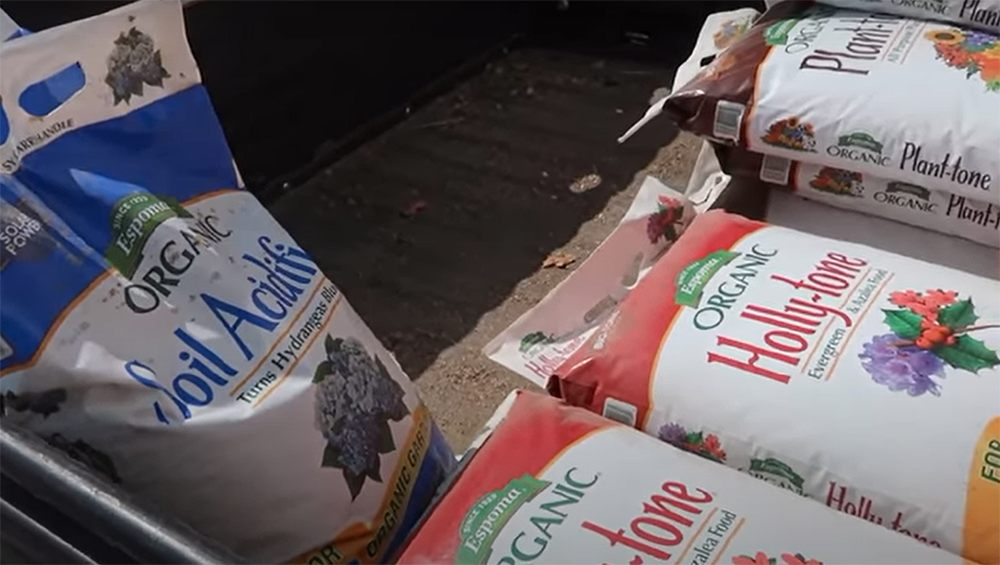
Do not fertilize if your plant is wilting or has yellow leaves. This means that the plant is struggling and needs a break from fertilizer. Wait until it recovers before fertilizing again.
In addition to liquid fertilizer, you can also feed your pothos with a foliar spray. This is a great way to get the nutrients directly to the leaves, where they can be absorbed quickly. I like to use fish emulsion or kelp extract for this purpose.
To fertilize your pothos, simply mix the appropriate amount of fertilizer with water according to the instructions on the package. Then, pour the mixture into a spray bottle and spritz it onto your plant’s leaves. Be sure to avoid getting the fertilizer directly on the stem or in the soil, as this can burn your plant.
Climbing and Support
The next consideration for potting a pothos is how much space it will need to grow. Pothos vines can be very long, and if left unpruned, they will quickly fill up a large container.
If you have limited space or want your plant to climb, you’ll need to provide some kind of support. Bamboo stakes work well for this, or you can use a trellis.
At the nursery, I found a beautiful pothos vine that was already trained to climb up a bamboo stake. I brought it home and planted it in a large pot. The stake is inserted into the pot at an angle so that the vine has something to cling to as it grows.
If you don’t have a trellis or bamboo stake, you can also use something like a wire hanger. The vine will grow up the hanger and spread out across the top.
Make sure to provide plenty of space for your pothos to grow; otherwise, it will become root-bound and won’t be able to produce new leaves.
If you’re having trouble getting your pothos to climb, you can help it along by gently guiding the vine in the desired direction. Be careful not to damage the stem, and don’t over-manipulate it or it will become crooked.
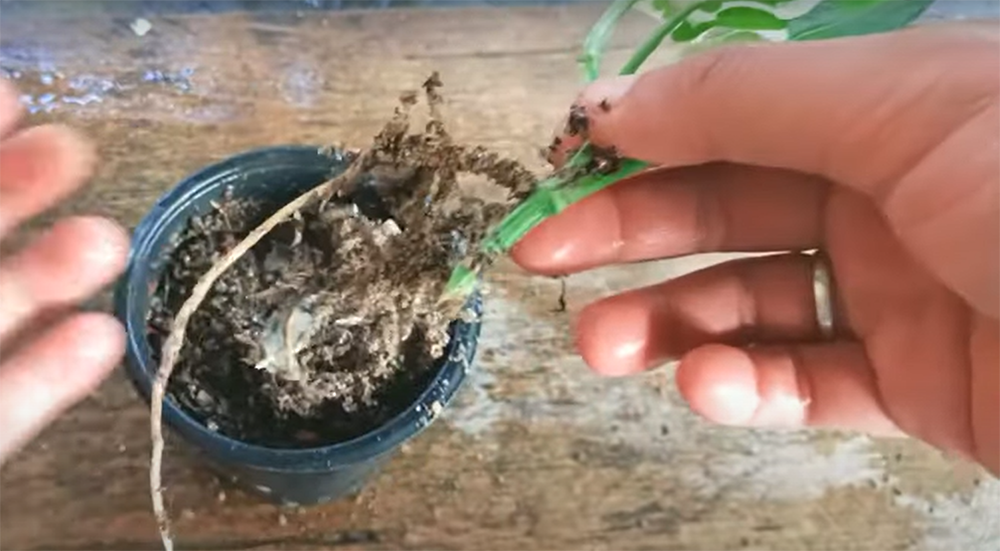
Pothos vines can also be trained to grow in a spiral pattern. Just wrap the vine around the support and hold it in place until it takes root.
Now that we’ve gone over some of the basics, let’s move on to propagation.
How do you propagate Pothos N’Joy?
Propagation is an important part of plant care, it allows for new plants to be created from existing ones. There are many ways to propagate plants, but the most common is propagation in water and in potting mix. Each has its own benefits and drawbacks.
Propagation in water
Water propagation is the most common way to propagate plants, as it is simple and easy.
To propagate a plant in water, you will need a glass or jar, distilled water (or rainwater), a cutting of the plant you want to propagate, and rooting hormone (optional).
To do this, take a cutting from the stem of the pothos that is at least four inches long. Remove any leaves from the lower half of the cutting and place them in a glass or jar of water. Make sure the water is fresh and change it every other day. Roots will form at the bottom of the cutting and new leaves will grow from the top. When the roots are long enough, transplant the pothos into the soil.
If you want to use the rooting hormone, dip the cutting in the hormone before placing it in the water. Rooting hormone is not necessary, but it can help increase the chances of success.
The drawback to water propagation is that it can take a while for the new plant to be ready to transplant into soil. Be patient and keep an eye on the cutting to make sure it is doing well.
Propagation in potting mix
The second way to propagate pothos is by division. When the plant has grown large, you can divide it into several clumps and replant them in new pots.
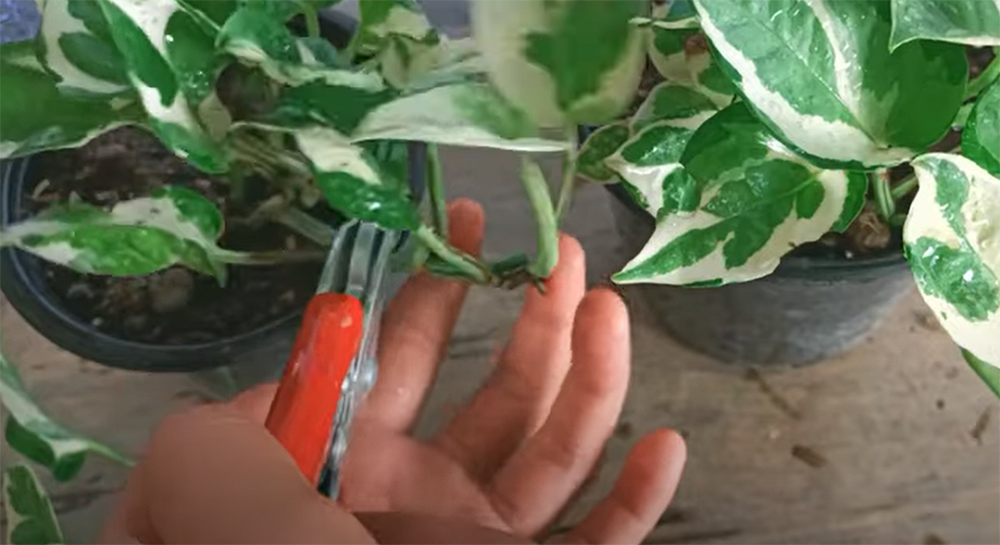
To do this, use a sharp knife or scissors to cut the plant into several pieces just below a node (the point where a leaf meets the stem). Each piece should have at least one or two leaves.
Then, remove the potting mix from the center of each division and place it in a new pot. Add fresh potting mix to the top, water well, and place in a sunny location. New growth will appear in a few weeks.
Pothos can also be propagated by rooting stem cuttings. Cut a healthy stem from the parent plant and remove all but the top two leaves. Dip the end of the cutting in water and then into a powdered rooting hormone.
Plant the cutting in moist potting mix and place it in a plastic bag or container. Put the container in a bright, warm location and check daily to make sure the potting mix is moist. Roots will form in a few weeks and you can then transplant the cutting into its own pot.
The disadvantage of propagating pothos by division or stem cuttings is that it can take a while for the new plants to become established and start growing.
Pothos are easy to propagate and make great additions to your home or office. By following these simple instructions, you can have a thriving pothos plant in no time!
Potential Problems
Pothos are relatively easy to care for, but there are a few potential problems you may run into.
- One is brown leaves; this can be caused by underwatering, overwatering, or too much fertilizer. If your pothos has mostly green leaves with just a few brown ones, it’s probably not getting enough water. On the other hand, if most of the leaves are brown, it’s probably getting too much water or fertilizer.
Yellow leaves can be a sign of too much light, while pale leaves may mean the plant is not getting enough light. Yellow or brown spots on the leaves can be a sign of pests or disease.
- Another potential problem is leaf drop; this can be caused by low humidity, drafts, or temperature changes. If your pothos is dropping a lot of leaves, you may need to increase the humidity in your home or move it to a warmer spot.
- One more thing to watch out for is scale insects; these tiny bugs can attach themselves to the leaves and stems of your pothos and suck the sap. If you see any small, dark spots on the leaves, chances are they’re Scale Insects and you’ll need to treat them with an insecticide.
To prevent these problems, water your pothos well but don’t overwater, give it medium to bright light, and only fertilize every other month. If you do see any signs of trouble, take action right away to correct the problem.
So those are some of the potential problems. But with a little bit of knowledge and some common sense, you can easily avoid them and enjoy your beautiful pothos for many years to come.
FAQ
How fast do N’Joy pothos grow?
N’Joy pothos can grow fairly quickly, but the rate of growth will depend on a number of factors, such as light exposure and water availability. In general, though, you can expect your plant to grow between one and two inches per month.
Why are my N’Joy pothos not growing?
There are a few potential reasons why your N’Joy pothos might not be growing. One possibility is that the plant isn’t receiving enough light; another is that it’s not getting enough water. Make sure to keep an eye on your pothos and adjust their environment as necessary in order to help them grow healthy and strong.
Which pothos grow fastest?
The fastest-growing pothos are golden pothos, which can grow up to two inches per week. However, N’Joy pothos is a close second, and it typically grows at a rate of one inch per month.
Useful Video: How To Repot And Care For N’Joy Pothos!
Final Thoughts
N’Joy Pothos is a great addition to any household. They are easy to care for, propagate, and come in a variety of colors. With just a little bit of TLC, your pothos will be thriving in no time!
Moreover, pothos are excellent air purifiers. They remove toxins from the air and improve indoor air quality. So not only will your plants be looking great, but they’ll also be helping to keep your home healthy!
Now you know everything you need to get started with your own N’Joy Pothos. Be sure to check out our website for more information on caring for your plants and for other great products to help make your home beautiful!
I hope you’ve found this guide helpful. If you have any questions or comments about caring for N’Joy Pothos, please leave a message below. I would love to hear from you! Don’t forget to subscribe to my blog for more great content like this.
Thanks for reading. Happy gardening!
References:
- https://www.sproutsandstems.com/njoy-pothos-care-propagation/



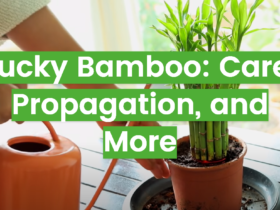
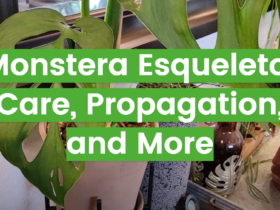
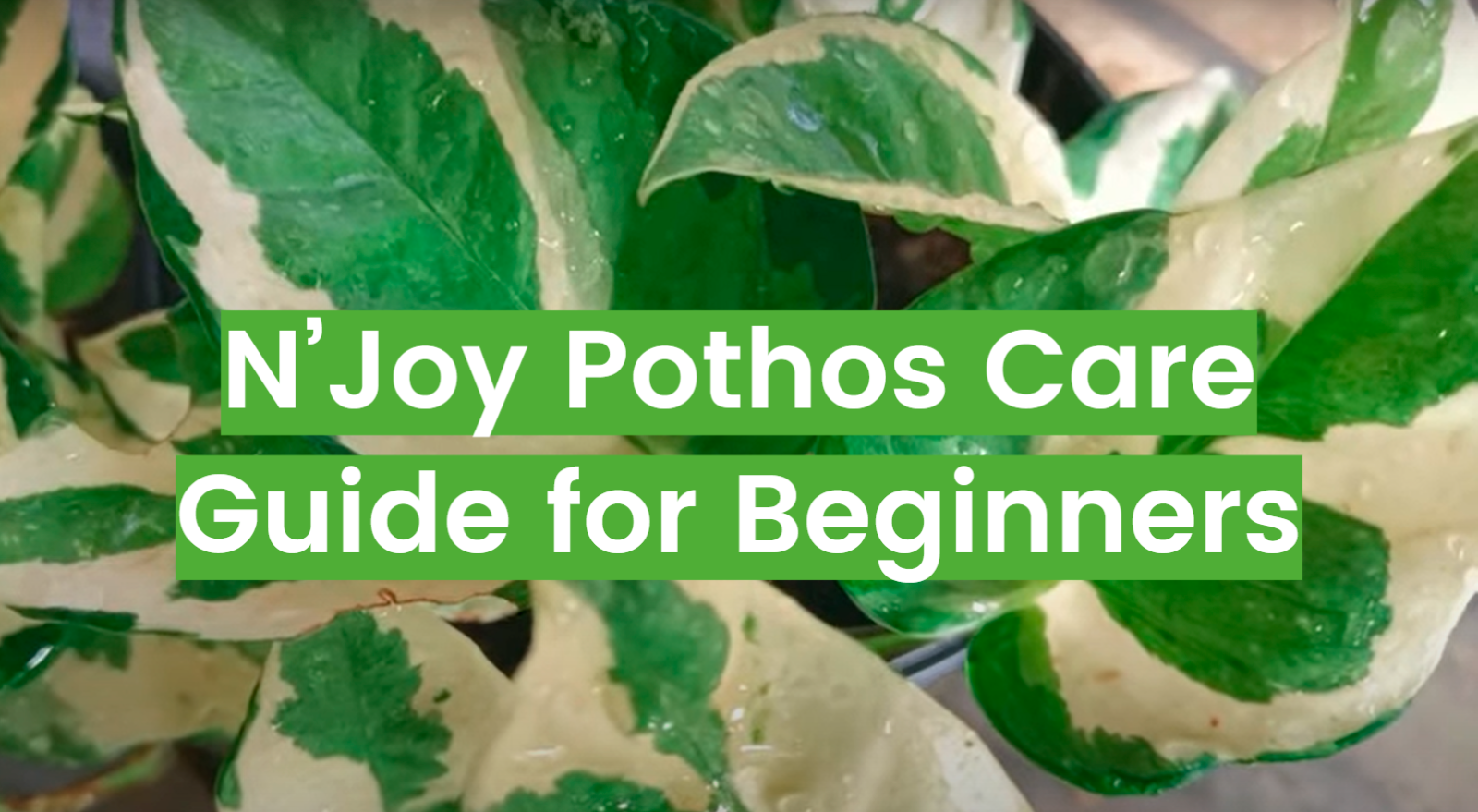

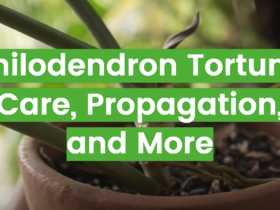
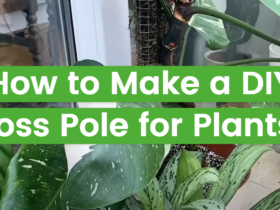
Leave a Review